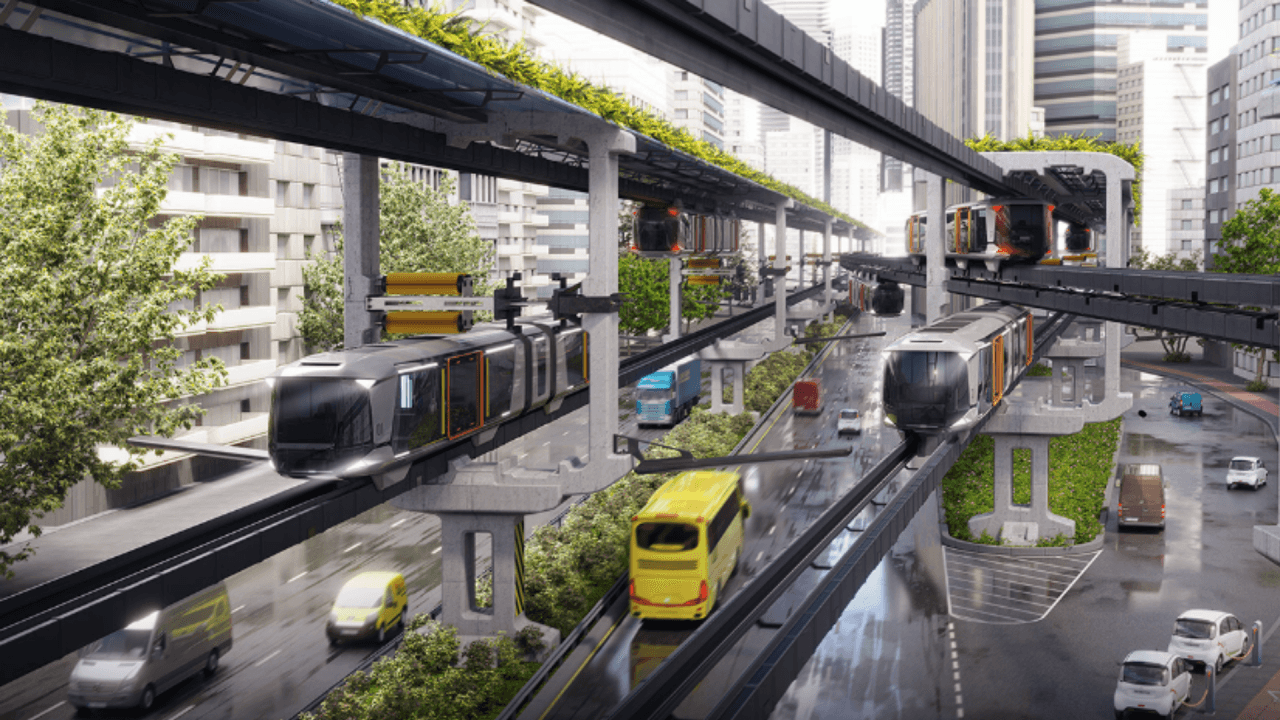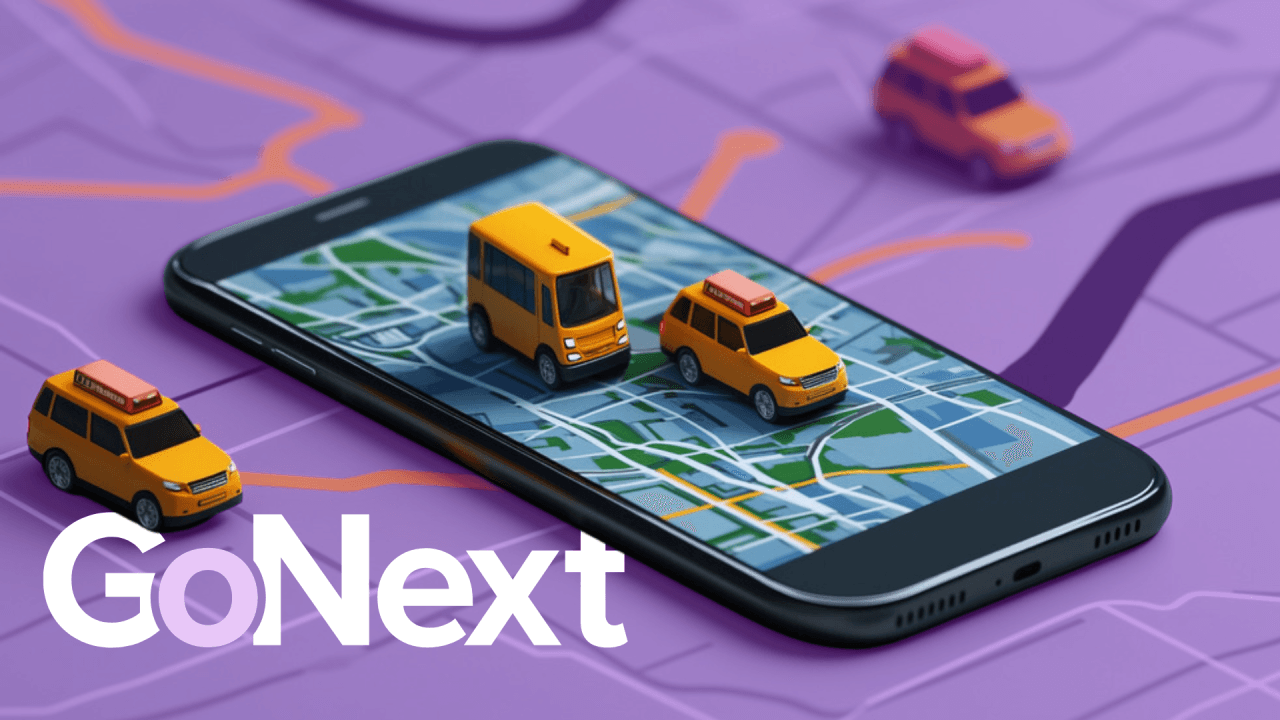Oct 3, 2024
The transportation landscape is undergoing a profound transformation, driven by technological advancements, environmental concerns, and evolving societal needs. As we look ahead to the next 40 years, the future of mobility promises to be dynamic, innovative, and increasingly interconnected.
The Rise of Autonomous Vehicles
Autonomous vehicles (AVs) are poised to revolutionize the way we travel. While fully autonomous vehicles are still under development, we can expect to see significant advancements in the coming years. Advanced driver-assistance systems (ADAS) will become increasingly sophisticated, paving the way for greater automation on our roads. This transition will likely occur in stages, with semi-autonomous features gradually becoming more prevalent before fully driverless vehicles become commonplace.
Electrification and Sustainability
The shift towards electric vehicles (EVs) is gaining momentum. As battery technology improves and charging infrastructure expands, EVs will become more accessible and affordable. In the next decade, we can anticipate a significant increase in the adoption of electric vehicles, both for personal and commercial use. This transition will play a crucial role in reducing greenhouse gas emissions and promoting a more sustainable transportation ecosystem.
The Power of Shared Mobility
Shared mobility services, such as ride-hailing, bike-sharing, and car-sharing, will continue to gain popularity. These services offer convenient and cost-effective alternatives to private car ownership, particularly in urban areas. We can expect to see greater integration of shared mobility options into public transportation networks, creating a more seamless and interconnected travel experience.
Mobility as a Service (MaaS)
The concept of MaaS, which integrates various transportation modes into a single platform, is poised to transform the way we plan and pay for our journeys. MaaS platforms offer users the flexibility to choose the most convenient and efficient mode of transport for each trip, whether it's a bus, train, shared bike, or ride-hailing service. In the next decade, MaaS has the potential to become the dominant model for urban transportation, offering a personalized and sustainable approach to mobility.
The Role of Data and Connectivity
Data and connectivity will be critical enablers of the future mobility ecosystem. Real-time data, collected from vehicles, infrastructure, and user devices, will be used to optimize traffic flow, improve safety, and enhance the overall travel experience. Connected vehicles will communicate with each other and with the surrounding infrastructure, creating a more efficient and responsive transportation network.
Challenges and Opportunities
The future of mobility presents both challenges and opportunities. Addressing issues such as cybersecurity, data privacy, and infrastructure development will be crucial for ensuring a safe and equitable transition. However, the potential benefits are immense, including reduced congestion, improved air quality, increased accessibility, and enhanced economic opportunities.
GoNext Mobility: Shaping the Future of Transportation
At GoNext Mobility, we're excited to be at the forefront of this transformation. Our platform provides the tools and technology to empower businesses and cities to embrace the future of mobility. We're committed to building a more sustainable, efficient, and accessible transportation ecosystem for everyone.



